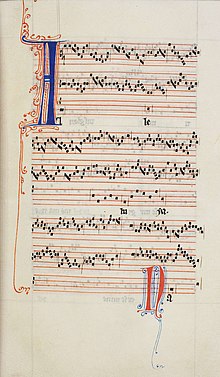It was not uncommon that those in debt would stir up anti-Jewish sentiment and through death or false imprisonment of Jews manage to cancel their debts. Samson saw this option, but he also had another "problem" with Jews: by order of the king, Jews were allowed to practice their non-Christianity. The abbot was accustomed to have rights over the town similar to the king's rule over the country. The Jews were a threat to his authority, since they did not fall under it.
On Palm Sunday, preachers spoke out so strongly against the Jews that the congregation went out of the church to the Jewish quarter and dragged out from their homes and killed 57 Jewish men, women, and children. Part of the preacher's instigation was likely the memory of the death of Robert of Bury, whose shrine still exists in the crypt of the abbey church.
Abbot Samson then decreed that all Jews would be expelled from the town.
Later that same year was the massacre at Clifford's Tower in York.
In 2011, a medieval well was found to have 17 skeletons in it, all dating to the 12th or 13th centuries. Eleven of the 17 skeletons were of children. DNA analysis suggests that they were all Ashkenazi Jews and likely part of the massacre in 1190.
The story of Robert of Bury lacks any definitive records that have come down to us—such as arrest records—so it has been suggested that the frequent references to it are part of a growing story that was pushed to help justify Abbot Samson's and Bury St. Edmunds' actions.
In the abbey gardens there is now a memorial to the Holocaust that also specifically commemorates the 57 Jews killed in 1190.
And on the subject of child martyrs, we have not yet discussed the original example of blood libel in England, the story of William of Norwich. After we look at that tomorrow, we will move on to less grisly stories.


